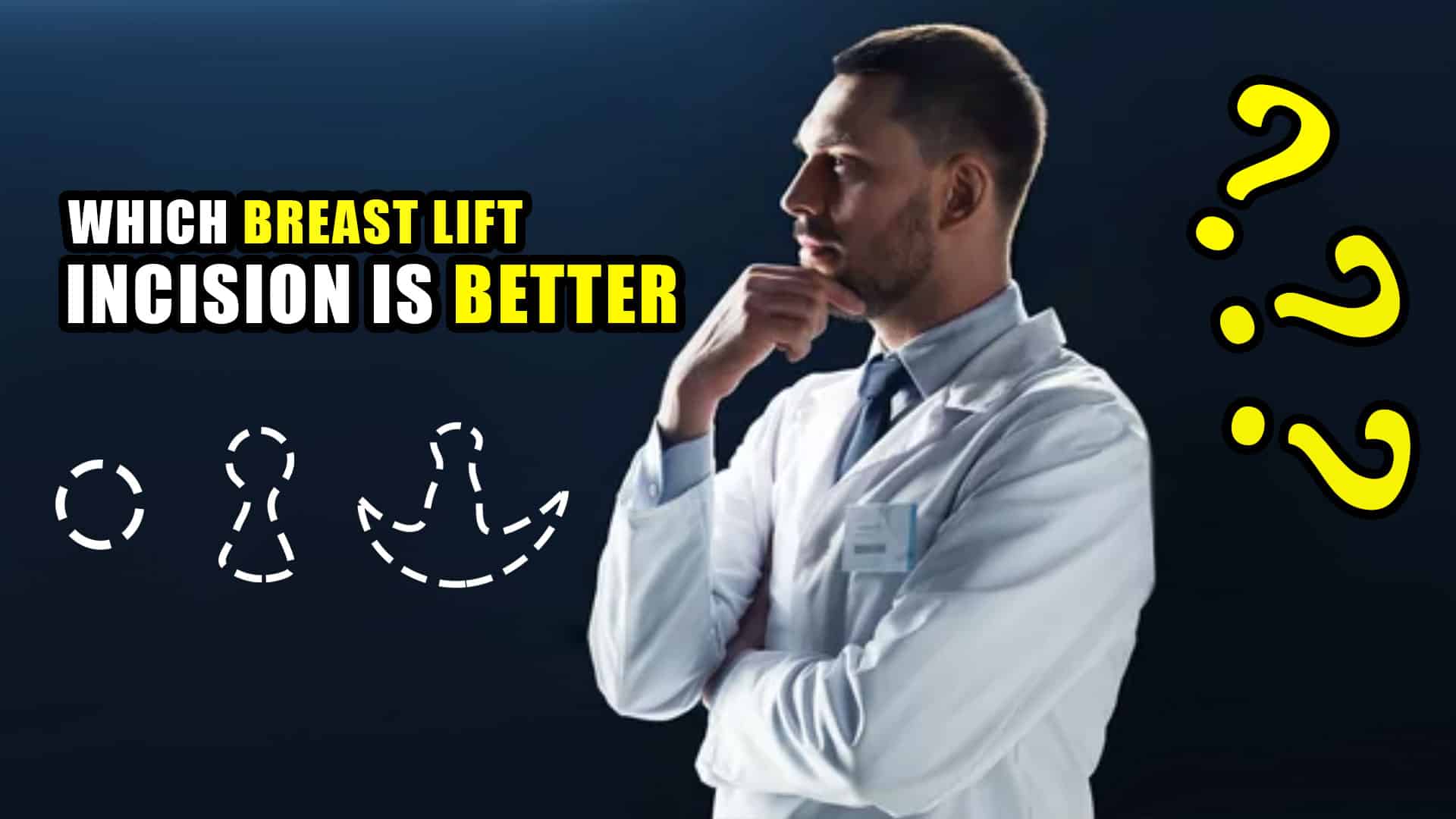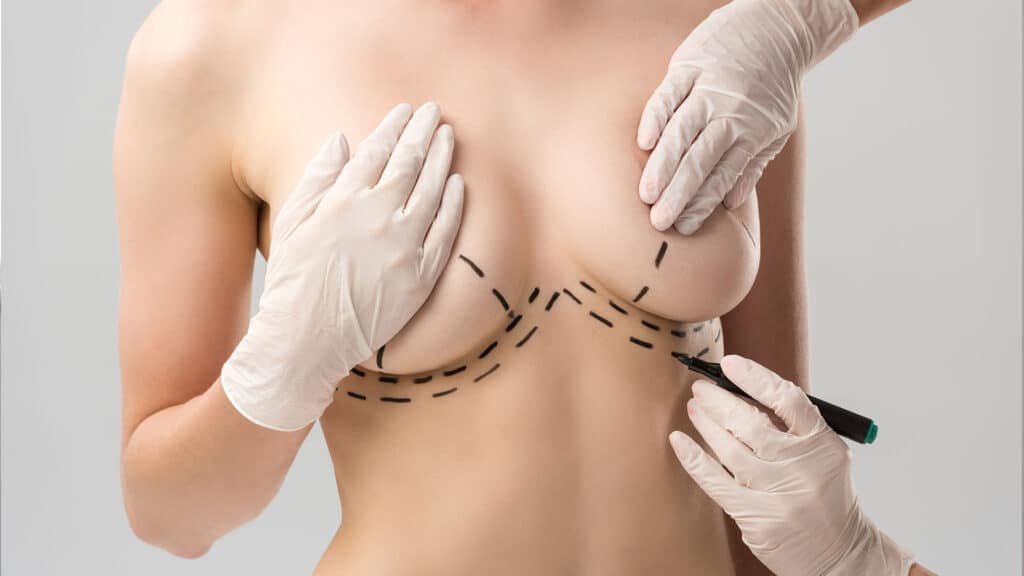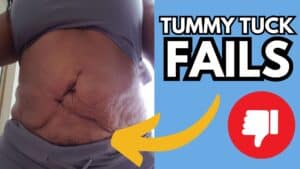
- March 4, 2023
- 12:06 pm
Discover the Most Effective Breast Lift Incision Techniques to Achieve Your Dream Figure!
Table of Contents
Why is Breast Lift Incision important? As women, we want to feel confident and comfortable in our own skin. Unfortunately, factors such as aging, weight fluctuations, and pregnancy can cause our breasts to lose their shape and firmness, which can have a negative impact on our self-image and confidence. Thankfully, breast lift surgery offers a solution to these concerns by lifting and reshaping the breasts to restore a more youthful and attractive appearance.

What are the different types of incisions used in a breast lift procedure?
Breast lift surgery, also known as mastopexy, involves removing excess skin and lifting the breast tissue to improve the shape and firmness of the breasts. There are three primary types of Breast Lift Incisions used in breast lift procedures:
- Periareolar incision: This incision is made around the perimeter of the areola (the darkened skin surrounding the nipple). It is the least invasive type of incision and is often used for patients who only require a mild lift.
- Vertical incision: This incision extends from the bottom of the areola down to the crease where the breast meets the chest. It is commonly used for patients who require a moderate lift.
- Anchor incision: This incision is also known as an inverted-T incision and involves making a vertical incision as well as a horizontal incision along the crease where the breast meets the chest. This incision is typically used for patients who require a significant lift.
The type of incision used depends on the patient’s individual anatomy, the degree of sagging, and the desired outcome. Your surgeon will work with you to determine the best incision technique for your individual case.

How do surgeons determine the best type of Breast Lift Incision?
When determining the best type of incision to use for a breast lift procedure, surgeons consider several factors, including:
- Degree of sagging: The severity of sagging or ptosis is one of the most critical factors in determining the type of incision. Patients with mild sagging may only need a periareolar incision, while those with more significant sagging may require a vertical or anchor incision.
- Breast size and shape: The size and shape of the breasts can also affect the type of incision used. Patients with larger breasts may require a more extensive incision to achieve the desired lift, while patients with smaller breasts may only need a smaller incision.
- Nipple position: The position of the nipple in relation to the breast fold is also crucial in determining the type of incision. Patients with nipples that are only slightly lower than the breast fold may only need a periareolar incision, while patients with more significant nipple displacement may require a vertical or anchor incision.
- Skin elasticity: The elasticity of the skin is also an essential factor in determining the type of incision. Patients with good skin elasticity may only need a smaller incision, while those with poor skin elasticity may require a more extensive incision to achieve the desired lift.
- Patient preference: Ultimately, the type of incision used also depends on the patient’s preferences and goals for the procedure. Your surgeon will work with you to determine the best incision technique to achieve your desired outcome while minimizing scarring and other potential risks.

What are the pros and cons of each type of breast lift incision?
Each type of breast lift incision has its own set of pros and cons. Here are some of the advantages and disadvantages of each incision type:
| Incision Type | Pros | Cons |
|---|---|---|
| Periareolar | Least invasive incision type | Only suitable for patients with mild sagging |
| Provides minimal scarring | May not be able to correct significant nipple position asymmetry | |
| Can be combined with a breast augmentation procedure | Potential for changes in nipple sensation or breastfeeding ability | |
| Vertical | Provides moderate lift | Results in more visible scarring than periareolar incision |
| Can correct moderate sagging and nipple position asymmetry | Longer recovery time than periareolar incision | |
| Results in a more youthful breast appearance | Potential for changes in nipple sensation or breastfeeding ability | |
| Anchor (inverted-T) | Provides the most significant lift | Results in the most visible scarring of all incision types |
| Can correct significant sagging and nipple position asymmetry | Longer recovery time than other incision types | |
| Allows for the most significant amount of breast tissue removal | Potential for changes in nipple sensation or breastfeeding ability |

Can the type of incision used in a breast lift affect nipple sensation or breastfeeding?
Yes, the type of incision used in a breast lift can affect nipple sensation and breastfeeding ability. All breast lift incision types have the potential to disrupt milk ducts and nerves, which can result in temporary or permanent changes in nipple sensation and breastfeeding ability. However, the degree of disruption can vary depending on the incision type.
Patients who undergo a periareolar incision may be at higher risk for changes in nipple sensation and breastfeeding ability because this incision type involves making an incision around the perimeter of the areola. This approach can cause damage to the milk ducts and nerves that supply the nipple.
Vertical and anchor incisions, which involve making larger incisions on the breast, can also disrupt milk ducts and nerves, potentially leading to changes in nipple sensation and breastfeeding ability. However, these incision types can be modified to minimize the potential for these issues.
Are there any new or emerging incision techniques for breast lift surgery?
Yes, there are several new and emerging incision techniques for breast lift surgery. One technique that has gained popularity in recent years is the “scarless” or “hidden scar” breast lift, which involves making incisions in less visible areas of the breast, such as the armpit or along the inframammary fold. This approach can reduce the visibility of scars and minimize the potential for changes in nipple sensation and breastfeeding ability.
Another emerging technique is the “auto-augmentation” breast lift, which involves reshaping the breast tissue to create a fuller, more lifted appearance without the need for implants. This technique can be performed using a variety of incision types, including the periareolar and vertical incisions.
Other emerging techniques include the “internal bra” breast lift, which uses sutures or mesh to provide additional support to the breast tissue, and the “thread lift” breast lift, which involves inserting special threads into the breast tissue to lift and reshape the breasts.
While these techniques show promise, it’s important to note that they may not be suitable for all patients and may not be as effective as traditional breast lift surgery in some cases. Patients considering these techniques should discuss their options with a qualified plastic surgeon to determine the best approach for their individual case.

Can a breast lift be performed without leaving any visible scars?
It is not possible to perform a breast lift without leaving any visible scars. All breast lift techniques involve making incisions in the breast tissue in order to lift and reshape the breasts, which will leave scars.
However, there are techniques available to minimize the visibility of scars. For example, a periareolar incision involves making an incision around the perimeter of the areola, which can result in a scar that is relatively hidden. Similarly, a vertical incision involves making an incision that runs from the bottom of the areola to the crease under the breast, which can also result in a relatively hidden scar.
Plastic surgeons can also use various techniques to minimize the appearance of scars, such as using fine sutures, placing incisions in natural skin creases, and using scar-minimizing creams or silicone sheeting after surgery. It’s important to discuss scar management with your plastic surgeon during your consultation to ensure that you have a realistic understanding of the potential outcomes of your surgery.
How do breast lift incisions heal over time, and what can patients do to promote healing?
Breast lift incisions typically heal over the course of several months to a year. Initially, patients may experience swelling, bruising, and discomfort around the incision site. Over time, the incisions will begin to fade and become less noticeable. The exact healing process will depend on the type of incision used and the individual patient’s healing ability.
To promote healing after a breast lift, patients should follow their surgeon’s post-operative instructions carefully. This may include wearing a compression garment, taking pain medication as directed, and avoiding strenuous activities for a certain period of time. Patients should also keep the incision site clean and dry to reduce the risk of infection.
It’s important to avoid smoking and to maintain a healthy diet and lifestyle, as these factors can impact healing. Patients should also avoid exposing the incision site to the sun, as this can cause discoloration and increase the visibility of scars.
Scar management is also an important part of promoting healing after a breast lift. Patients may be advised to apply scar-minimizing creams or silicone sheeting to the incision site, or to undergo laser treatments or other scar revision procedures if necessary.










